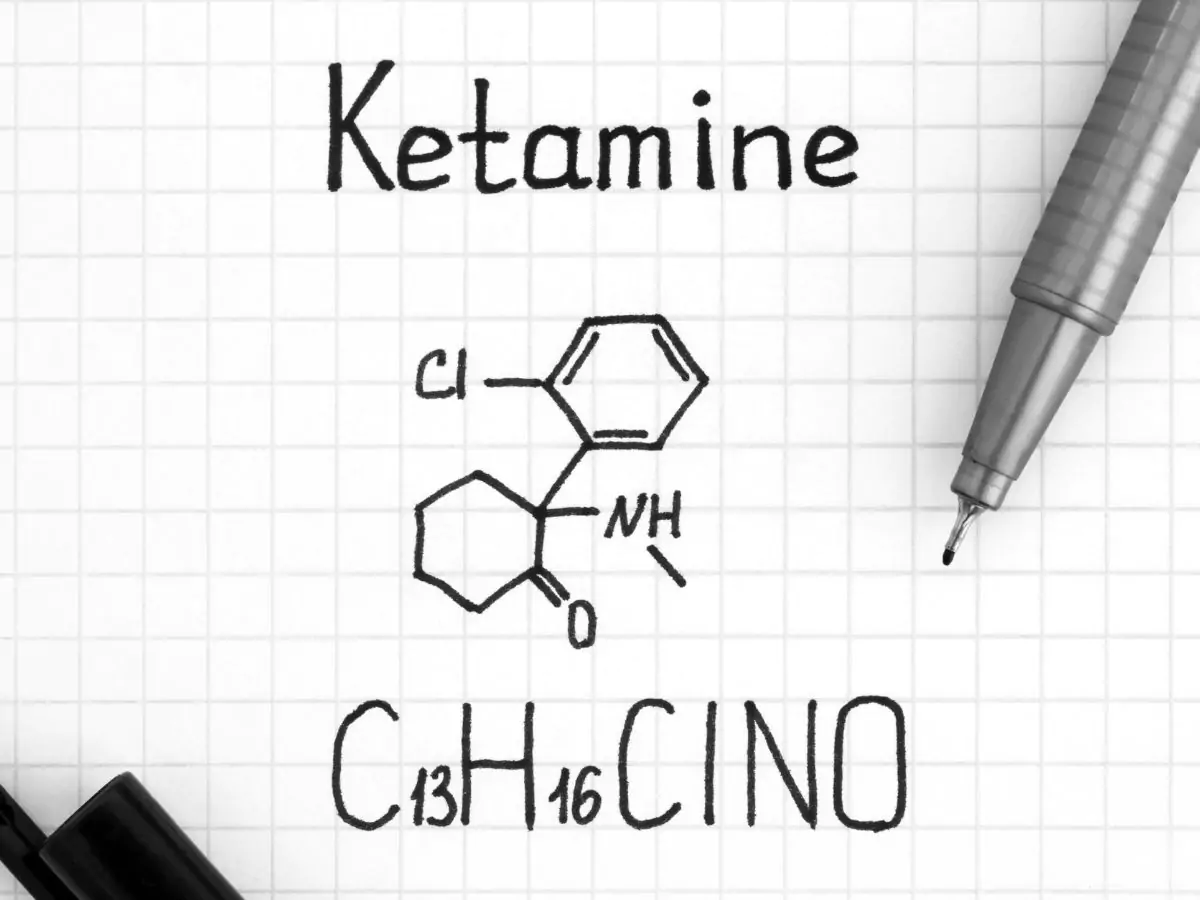

Like any drug, ketamine has the potential for addiction. It is essential to follow your practitioner’s instructions when taking any prescribed medicine, including ketamine.
There are two types of addiction worth considering.
Ketamine users are more at risk for psychological addiction than physical addiction. The dissociative state ketamine induces may create a euphoric experience for the user.
Doctors take this into account when prescribing ketamine. They monitor their patients in order to eliminate overuse or misuse of the drug.
Users of ketamine are not at risk of neurological addiction.
Neurological addiction occurs when the brain relies on an outside source (usually a drug) for certain neurotransmitters (dopamine, serotonin, etc.).
The brain stops producing these neurotransmitters due to its dependence on the outside source. Because of this, a user may experience physical repercussions such as withdrawal, muscle pain, fatigue, and even seizures if completely cutting off the drug.
Ketamine does not work this way and cannot create a neurological addiction. Unlike oxycontin, morphine, and similar drugs, it is possible to abruptly stop taking ketamine without suffering from adverse physical side effects.
FDA-approved ketamine is required to be taken in an office under the supervision of a medical practitioner. This helps protect against the potential for abuse.
Taking it in the office allows doctors to monitor for cardiac effects and respiratory issues and supervise any dissociative event that may occur.
Compounded ketamine, however, leaves it to the discretion of the provider.
Often, supervision is not required at smaller doses, and patients are allowed to take their medication in the comfort of their homes.

Medical professionals can do a variety of things to help prevent ketamine addiction. This includes limiting the number of doses patients can fill at a time.
Prescribing ketamine for no more than 30 days allows doctors to frequently re-evaluate the prescription.
Early refill requests are constantly reviewed. Our policy is to contact the doctor for any early refill request.
If a patient understands the benefits of ketamine but fears developing an addiction, they may delegate a trusted individual to monitor their medication. Taking ketamine under the supervision of their doctor is a great strategy.
Additionally, limiting access to ketamine by having someone else administer the drug will create more safety assurances for the patient.
Call/Text: (303) 333-2010
Fax: (303) 333-2208
Monday – Friday: 10 am to 6 pm
Saturday: 10 am to 2 pm
Sunday: Closed
Monday – Friday: 9 am to 6 pm
Saturday: 9 am to 1 pm
Sunday: Closed
Call/Text: (303) 795-4300
Fax: (303) 795-5849
Monday – Friday: 8 am to 5 pm
Saturday & Sunday: Closed
DISCLAIMER: A prescription from a licensed practitioner is required for compounded medications.
The content and photographs on this website are copyrighted or licensed material and may not be downloaded for other than personal use. Retransmission, republication, reproduction, or any other use of the content or photographs is prohibited.
©ClearSpring Pharmacy
Website Development by Storey Marketing